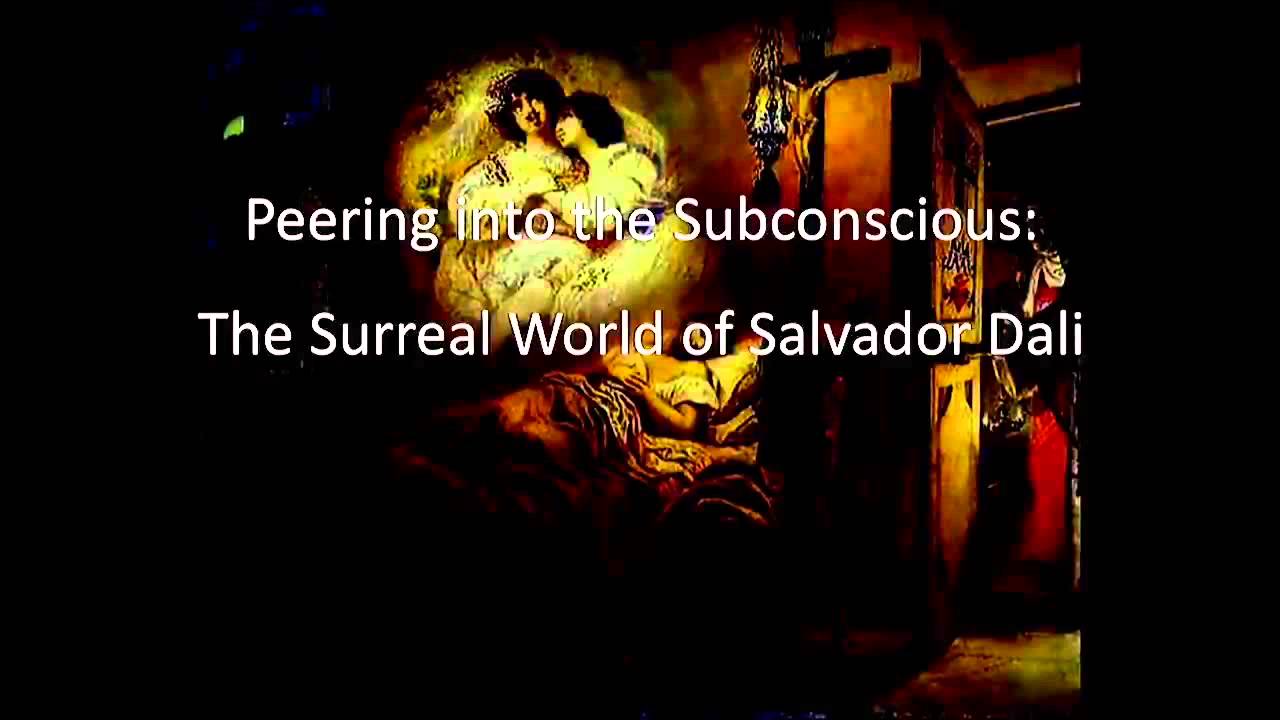HOW ARTISTS SEE (Lecture 3 of 5)
Distinguished Emeritus Professor Ian Aaronson, Medical University of South Carolina, Charleston, USA
LECTURE TITLES
1. Claude Monet and the world of the Impressionists
2. Pablo Picasso and the Cubist experiment
3. The surreal world of Salvador Dali
4. Wassily Kandinsky and the road to abstraction
5. George Grosz, Otto Dix and the chaos of Weimar Germany
The last decades of the nineteenth century saw the liberation of Western art from the constraints of classical painting. With the birth of the new century, an explosion of art movements reflected the differing ways in which artists viewed the world. This course will explore the inner forces which compelled these artists to paint the way they did.
The towering figure among the Impressionists was Claude Monet. Evidence will be presented to suggest he was endowed with hypersensitive visual pathways which made him uniquely capable of capturing the ripple of water, a gathering mist and the subtle tonal effects of the passing day.
Pablo Picasso’s restless, inventive mind enabled him to see objects in a fractured, multifaceted way which freed the representation of the human body from its tethers to ancient Greece. The theories of Sigmund Freud resonated within the mind of Salvador Dali, allowing him to create the surreal images which have become icons of twentieth century painting.
The intellectual Wassily Kandinsky also looked inwards: he saw no need to represent the objective world. While the imagery of Kandinsky’s early abstract paintings recalls the interior of a Russian Orthodox church, Mark Rothko’s art reflects the simpler aesthetic of an Orthodox Jewish upbringing. The horrors of World War One compelled George Grosz and Otto Dix to reflect a society reeling from defeat during the early years of the Weimar Republic.
Each lecture will place an artistic movement within the narrative of Western art, as well as providing insights into the lives and personalities of the artists.
Course page: http://www.summerschool.uct.ac.za/how_artists_see
DISCLAIMER: The opinions expressed in the lecture are those of the lecturer and do not necessarily reflect those of the Summer School organisers. These recordings are unedited.
UCT Summer School 2016
http://www.summerschool.uct.ac.za
Twitter: @UCTSummerSchool
Facebook: UCT Summer School
UCT Summer School
Source



